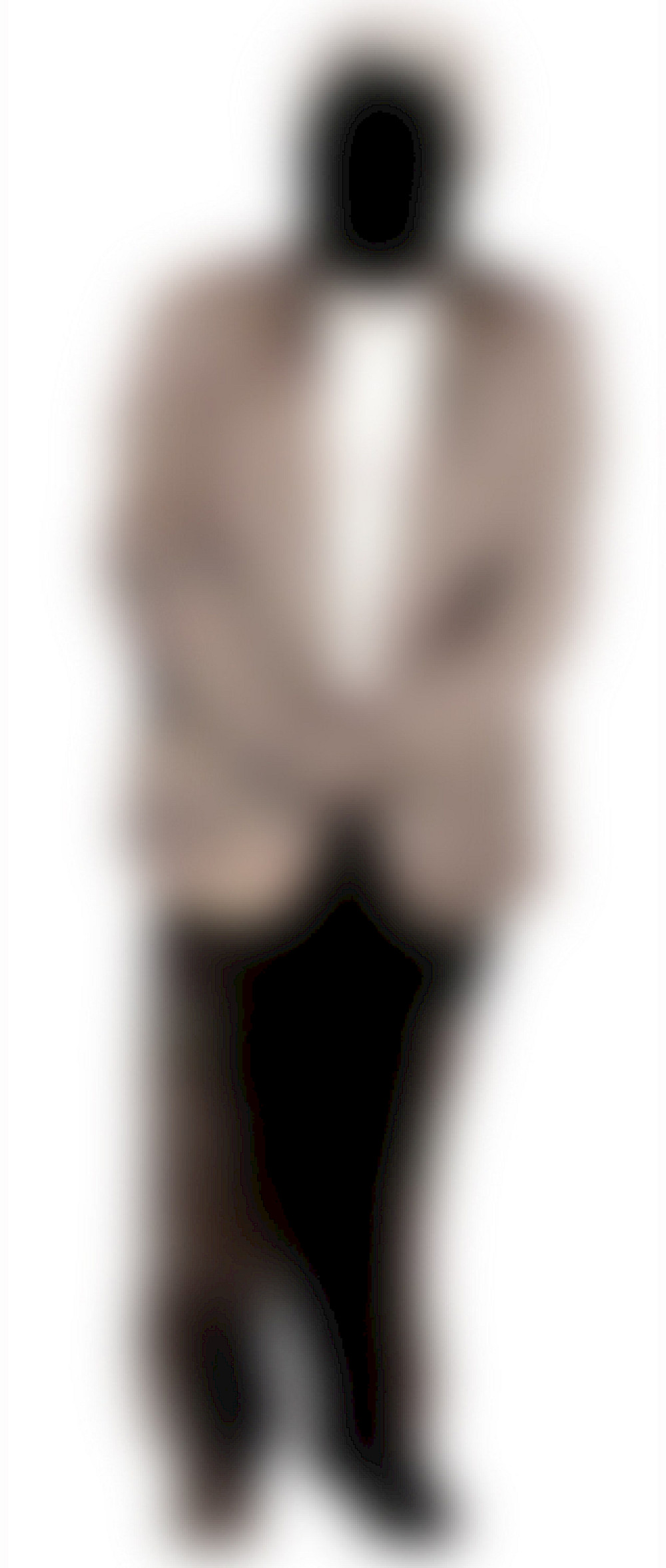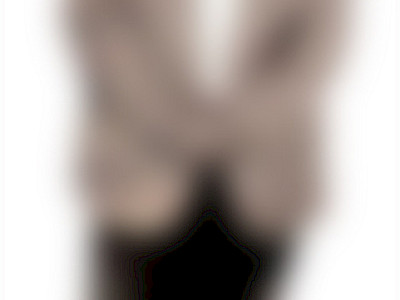14 — 17.05.2004
Rabih Mroué Beirut
Looking for a missing employee
theatre / performance
English | ⧖ 2h(withintermission)
"The disappearance has been reported of a Ministry of Finance employee named R.S. last Wednesday at noon. His family is left with no means of support. It is his wife's right to know whether the Lebanese state or any faction is detaining him. RS's disappearance is not only a tragedy for his family, but shows an extreme disregard for them as citizens." Rabih Mroué (Biokhraphia with Lina Saneh, 2003) is returning to Brussels from the Lebanon and presenting a drama, based on a real news item, of a disturbing police matter with political and economic implications. Using media coverage of the event, he attempts to piece together the truth and in the process offers an increasingly absurd saga.
The Full Story
by Akram Za'tari
Very often, the media uses the term “full story” to announce the unfolding of hidden elements against documented evidence in a particular case. The use of the term “full” capitalises on the audience’s common belief that wholeness is rawness that escapes manipulation, and therefore is revelatory of a certain truth. The use of such a term presumes the following:
On another hand, it is hard to find a justification for some acts, such as collecting. Collectors often develop a passion for possessing certain artefacts, such as postcards, stamps, coins, etc. Once a series is complete it becomes “the full series” and it will be hard to add anything to it. A series of 6 stamps is a full series once a collector has gathered all six of them. The process of collecting seeks a fixed number in every series of artefacts. Furthermore, in collecting there is always an element of speculation. An edition of stamps, phone cards or coins issued in the present becomes worth collecting in the present, speculating on an increase in value in future.
In Looking for a Missing Employee, Rabih Mroué presents a notebook where he has carefully placed a collection of all that has been published in local papers about the disappearance of a government employee: an affair that started as a small announcement in the papers and ended, with the news of the discovery of his body, on the front pages of every paper a few months later.
Rabih’s initial motivation could be seen as one of a passionate collector, but it is evidently also one of an artist interested in using documents of actuality to understand how rumours, public accusations, national political conflicts and scandals act on the public sphere as shaped by print media. In this work, actuality acquires a timeless value because it is stripped of its informative value to the advantage of its cultural and political significance. Yet Mroué’s act is conscious of being only an attempt at drawing a network of patterns that does not lead anywhere, for its mission is to look at power and its affiliations as manifested in a small case such as the case of a disappeared employee. The artist becomes the new historian whose notebook preserves mysteries and unresolved patterns that his tools and logic could not decipher.
Very much like Dr Fakhoury, the protagonist of The Atlas Group (Beirut), Mroué is interested in collecting everything that is in the public domain, and considers that this public material contains information that can only be deciphered in the future, maybe when the case is no longer news. This is why cutouts from newspapers are carefully selected, dated and put in a book that becomes the full newspaper coverage of a story full of gaps.
AL HAYAT 29 Nov. 2003
Rabih Mroué dramatises a disappearance…
in an existential and political metaphor
Missing Employee: a thread between truth and falsehood
[…] Our eyes are drawn to the stage which has a long table on it, probably a desk; behind the table is a chair facing the audience, but the chair is empty and will remain empty for the entire play. On the rear wall there are three large screens: one of the screens is in the middle of the stage just behind the chair, and the two other screens are positioned slightly higher up on either side of it. But where are the actors? What surprise does Rabih Mroué have in store for us – the writer, director and performer of this work, the man who has made us accustomed to the most incredible challenges with each new work, always at inexpressible extremes between the real and the imaginary? And just where is Rabih Mroué? Could he be waiting outside for us (in reference to his creation Come In, Sir, We’re Waiting For You Outside presented in 1998)?
This absence of the actor’s real body – he is “hiding” and delegating his presence to his image – is in an organic relationship with the subject and theme of the play. In this new creation, Rabih Mroué is working on the poetics of disappearance in its symbolic dimensions, as if it is perhaps the only means or the only access possible to freedom for individuals trapped by a society of sectarian, tribal, parental and regional communities. In his own name the actor tells us how at a particular moment in time he began cutting out brief announcements in newspapers about the disappearance of individuals, sticking them into an exercise book (which makes me think of a kind of Chronicle of Disappearance in reference to Elia Suleiman’s film). Rabih Mroué takes a look at disappearance as one of the “signs of modernity” (!), a kind of way out or escape through fine cracks from the burden of the hegemony of communities. He says that what interests him is disappearance as suspended existence, as “death of the idea and not of the body”; when the individual “exists and doesn’t exist at the same time, living and not alive […], absent but who might perhaps return”, supposing and imposing the renewed postponement of everything, even of tears.
Therefore absence is an aesthetic choice, a political and existential metaphor and the touchstone in Rabih Mroué’s work: the absence or disappearance of the actor, writer and text, the absence or disappearance of the hero, the character and the subject – and should we add the absence of the state, legal institutions, justice and logic? Yet Rabih Mroué’s work is far from being laden with any ideological pretension! – and lastly the absence or the disappearance of the “play” itself which we had come to see. For in the end (at least as it appears, but appearance here is the essence of the work) there are only newspaper cuttings carefully collected and filed in three exercise books of different colours and sizes. Three school exercise books that the actor-narrator (who is performing his own “real” character) picks up, consults, reads excerpts from, commenting, explaining, contemplating, summarising, trying to undo the inexorably entangled strands of a very complex, difficult, worrying and strange story. Little by little, the story becomes clear, and the play is put on through the actor’s relentless effort to solve the puzzle, discover the secrets and make present what is absent.
Rabih Mroué works on the real by starting from the following consideration: competing strangelywith the imaginary or the fictitious, the real becomes a complex and studied artistic work in itself. This is how Rabih Mroué continues his artistic research into the meaning of spectacle and theatricality in his new creation Missing Employee, playing on their extreme limits so as to explore more effectively their possible functions today in the era of the internet and multimedia. And from it he deduces once again the impossibility of theatre as we have been accustomed to knowing and recognising it. He also deflects it from its straight path, trying out new methods and techniques, going against the flow. […] Rabih Mroué is trying to tell us that from now on theatre is somewhere else.
Pierre Abi Saab
Tekst en regie/ Ecriture et mise en scène/ Written and directed by: Rabih Mroué
Met/Avec/With : Rabih Mroué, Hatem Imam
Assistenten techniek/Assistants techniques/Technical assistants: Feyrouz serhal, Lina Saneh, Ali Cherry.
Stem coach/Coach voix/Voice coach: Lisa Ball-Lechgar
Decor/Décor/Set: Samar Maakaron, Talal Chatila
Video - interview: Mohamed Soueid - Pamela Ghoneimeh
Regie-assistent/Assistant à la mise en scène/Assistant director: Maya Zbib
Vertaling/Traduction/Translation: Ziad Nawfal
Fotos/Photos: Houssam Mchaiemch.
Productie/Production: Christine Tohme - Ashkal Alwan - Nov. 2003
Presentatie/Présentation/Presentation: Théâtre 140, KunstenFESTIVALdesArts


